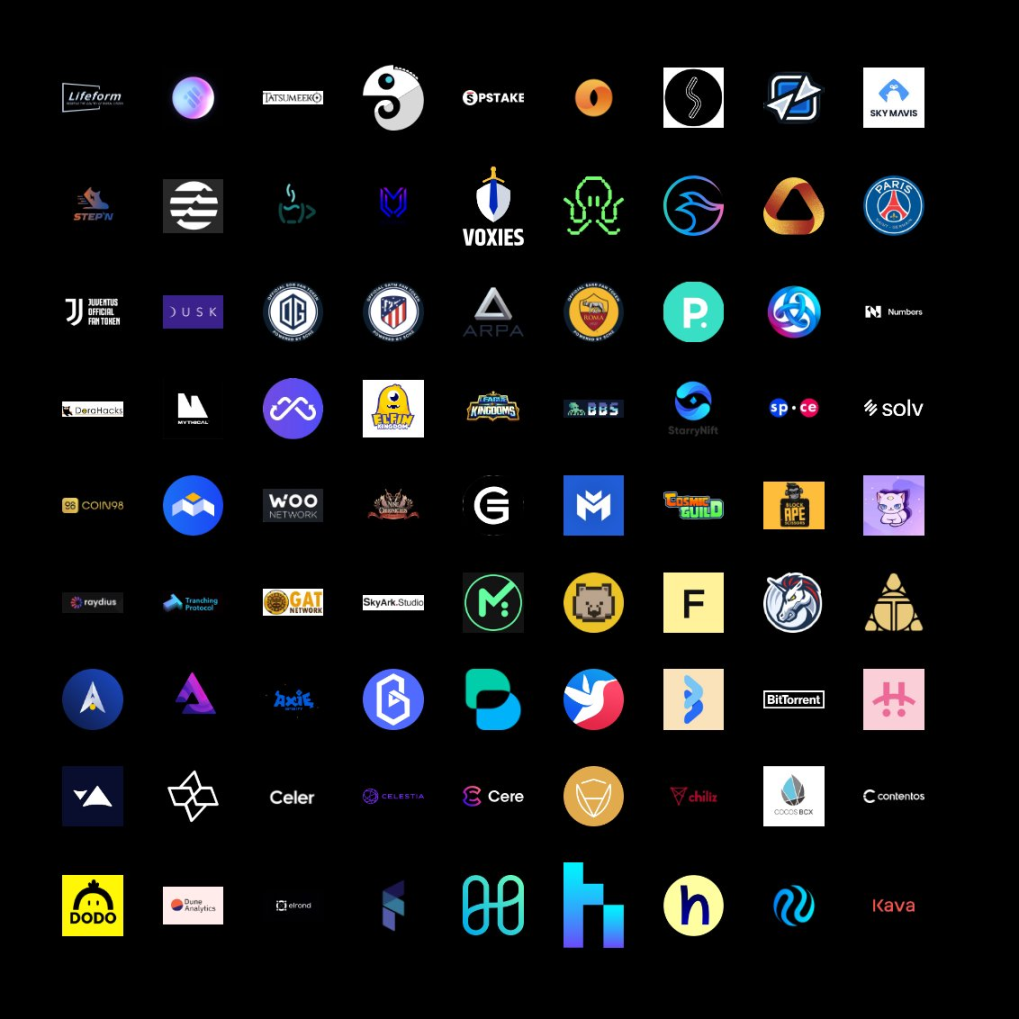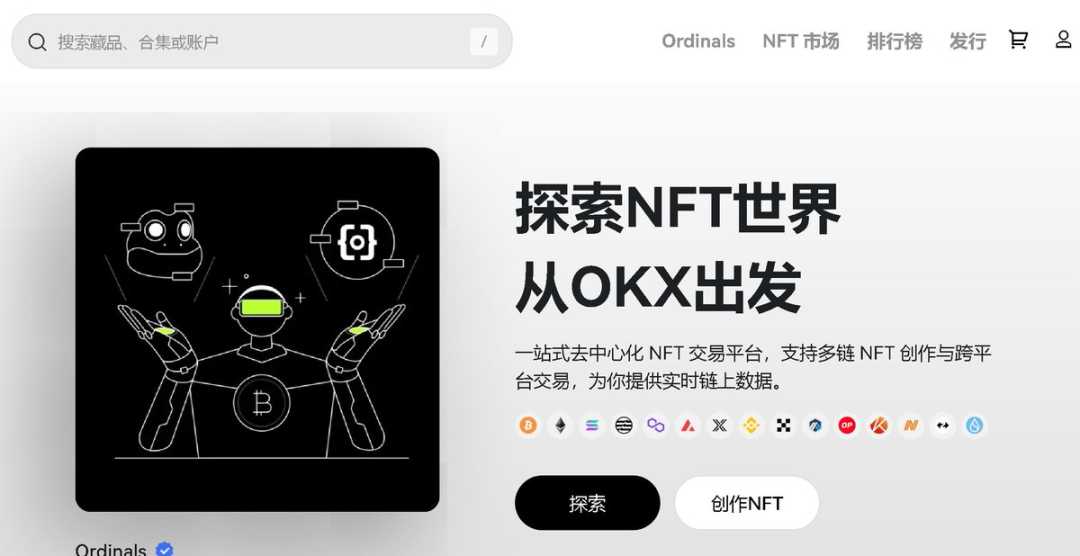1. The Second-Stage Growth Model of Platform Tokens
The previous post mentioned that a major pitfall of exchange platform tokens is not to blindly trust the PE ratio. Behind this is the dividend growth model. We consider buybacks, dividends, new rights, and fee deductions as dividends. Therefore, theoretically, the valuation of exchange platform tokens should be directly proportional to dividends. According to this valuation logic, the "big three" investment value of platform tokens in 2020 is HT > BNB > OKX.
But the results are obviously wrong. The reason is that only looking at the PE ratio is equivalent to using a first-stage valuation model, when in reality, at least a second-stage model should be used because future growth rates will also play a decisive role. Of course, the cryptocurrency market has typical bull and bear cycles, so the actual model will be more complex. However, overall, the growth rate will play a decisive role in the valuation and value regression.
In other words, the valuation of platform tokens depends on current value capture ability + growth potential.
2. The True Driving Force of Platform Tokens in Bull Markets
The next question is: what plays a decisive role in the growth rate? The answer is assets.
In a previous post, I mentioned that the best time to buy platform tokens is at the beginning of a bull market. Some may feel that this statement is meaningless, but the beginning of the bull market does not need to be so precise. This bull market does not refer to BTC at $6,000. To put it more directly, a good buying point for platform tokens will occur after BTC stabilizes at its all-time high.
The logic behind this is simple. Exchange profits come from trading and asset accumulation. A true surge in trading demand often accompanies a surge in assets. When BTC rises from $10,000 to $30,000, exchanges cannot make much money because trading is still mainly limited to BTC. However, true trading volume comes from the surge in assets. In 2017, it was ICOs, and in 2020-2021, it was DeFi Summer, Gamefi, and new public chains.
At this point, BNB's success becomes unsurprising because during 2019-2020, Binance was at least one step ahead in asset competition. There are two main pillars: Binance Labs and BSC. If you had been following Binance's IEOs since 2019, you would have noticed that these projects were not illogical but interconnected, able to construct network effects. The most typical sign was that I clearly remember that in a certain year, more than half of the partners announced by Binance for an IEO were previous IEO projects. And this was just the beginning. During this period, Binance Labs gradually took the stage (established in 2018).
At this point, the gears of fate had already begun to turn, and IEOs and Binance investment targets would become one of Binance's greatest assets in the upcoming bull market.
Then, in 2020's DeFi Summer, almost all exchanges missed out to some extent, but Binance quickly launched BSC. The initial version of BSC was essentially to accommodate the overflow of ETH demand at the time. At this time, most employees of some rival exchanges did not even know how to use a wallet.
With the support of Binance Labs and BSC, BNB achieved unprecedented success, converting its advantage in asset layout into the right to issue assets in the bull market. The logic is simple: as a trader or project, how would you choose when the highest quality and most wealth-effective assets are first issued or become the main trading pair? Thus, the growth flywheel was realized:
More users, stronger wealth effects, and higher quality assets.
This can be compared with several other exchanges. FTX has been relatively successful, following a similar path to Binance: Solana + Alameda/FTX Ventures. Huobi also achieved significant results with a similar strategy, even surpassing BSC at one point, but unfortunately did not end as well for various reasons. OKX was clearly at a disadvantage during this stage.
As a side note, although there is currently much controversy in the market regarding Binance's investments and listings, from my personal experience, Binance Labs focuses more on long-term value than short-term gains. This is evident in Binance Labs' willingness to lead investments and invest larger amounts, being relatively insensitive to valuations. In contrast, many "VCs" pursue lower valuations, smaller investments, and hope to unlock as soon as possible. In many cases, Binance Labs even actively requests project teams to extend the token vesting period for all investors, including themselves.

3. Slowing Growth and Regulatory Pressure in Bear Markets
The second stage of the two-stage dividend growth model will enter a stable state, meaning that high growth cannot be sustained. There are many reasons for this: the base effect leads to inevitable growth slowdown, management becomes more difficult, business efficiency deteriorates, and "dumping" targeting the top player.
One additional point to mention is the "impossible triangle" for exchanges. This theory was previously proposed in my analysis of on-chain gambling, but it also applies to the gray areas of cryptocurrency exchanges. In simple terms, exchanges benefit from economies of scale. The larger the scale, the non-linear growth in value capture ability. Choosing compliance + scale inevitably requires giving up some profit, while choosing scale + profit inevitably means sacrificing some compliance.
This is also the problem Binance is currently facing. Many other exchanges may not have the same level of compliance as Binance, but their scale is not large enough, so they face less regulatory pressure. In addition to regulatory pressure, we can also see that Binance is currently under some growth pressure, as evidenced by rumors of layoffs, opening copy trading, and requiring some project teams to introduce business conduct.
However, these pressures will not fundamentally change Binance's fundamentals. They are simply the inevitable result of a large scale, a bear market, and a long-term aggressive strategy.

4. Offensive and Defensive Strategies
In contrast to Binance's aggressive strategy, OKX represents a "defensive strategy." We can see that everything OKX has done in the past period:
(1) Few new listings
(2) Incurred a lot of costs in asset management: high-yield financial subsidies, shark fins, structured products. These products are all designed to attract existing users and assets.
(3) MPC Wallet, AA Wallet, NFT Aggregation Market, the integration of CeFi and the on-chain world. The purpose of these products is to retain users within the OKX ecosystem in the trend of on-chainization.
I personally believe that this defensive strategy has been very successful during the 2022-2023 bear market period. OKX has gained users and reputation, and this success can also to some extent explain the price performance of OKB.

5. Back to Basics: Are Platform Tokens Worth Hoarding?
If you were to ask me which platform tokens I am most optimistic about or which platform tokens have the best fundamentals, I would answer:
(1) BNB
Binance faces strong regulatory pressure and high growth pressure, and BNBChain's recent performance has not been satisfactory. However, the fundamentals of BNB have not fundamentally reversed. Binance still holds a leading position, has an advantage at the asset level, has the strongest profit-making ability, and has the imaginative space brought by opBNB and Greenfield.
(2) OKB
OKX is one of the best-performing exchanges in the bear market stage, especially with its successful defensive strategy. This defensive strategy can also switch to an offensive strategy when the bull market arrives. Defense does not mean perpetual defense.
(3) BGB
BGB is one of the few exchanges that has persisted with an aggressive strategy during the bear market. Additionally, BGB also has the horizontal ecological advantage of the original Bitkeep wallet, ForesightNews, and Forsights Ventures. (As a side note, Foresight Ventures is also one of the best Asian Crypto VCs in my opinion.)
But if you were to ask me if I have bought BNB/OKB/BGB, I can tell you very clearly: I have not bought any of them, and I do not plan to buy any in the near future. Three reasons:
- The valuation is indeed a bit high.
- The valuation method is ineffective. An interesting thing is that for these three platform tokens, because we do not know the true circulating supply (excluding the portion held by founders and the platform itself), a typical view is that most of BNB was bought back before the bull market, most of OKB was bought back after the Shanxi incident, and BGB has maintained a high control status since its issuance. Therefore, for these three platform tokens, any valuation model has completely failed.
- As mentioned earlier, platform tokens do not directly benefit from the bear-bull transition, but rather from the asset surge from the beginning to the middle of the bull market. The window for getting on board is still far away from us.
A counterintuitive point is that buying 200 units of BNB now will not be more cost-effective than buying 800 units of BNB at a higher price in the next bull market, because you have to consider the risk-reward ratio and opportunity cost. What if the bull market is still long? What if Binance encounters problems or is flipped during this period? What about the returns from other investments during this period, or even the losses from being out of the market?
As for other platform tokens, to be honest, I use them relatively little or know little about them, but overall, I do not think these platform tokens are good targets at this stage. This is the mid-term period of liquidity exhaustion, and it is also the most painful period for exchanges with less strong profit-making ability. Sometimes, surface data cannot guarantee absolute safety, as seen in the case of Dragonex and Fcoin in the previous cycle. Sacrificing some potential returns to preserve the principal is not a bad thing.
免责声明:本文章仅代表作者个人观点,不代表本平台的立场和观点。本文章仅供信息分享,不构成对任何人的任何投资建议。用户与作者之间的任何争议,与本平台无关。如网页中刊载的文章或图片涉及侵权,请提供相关的权利证明和身份证明发送邮件到support@aicoin.com,本平台相关工作人员将会进行核查。




